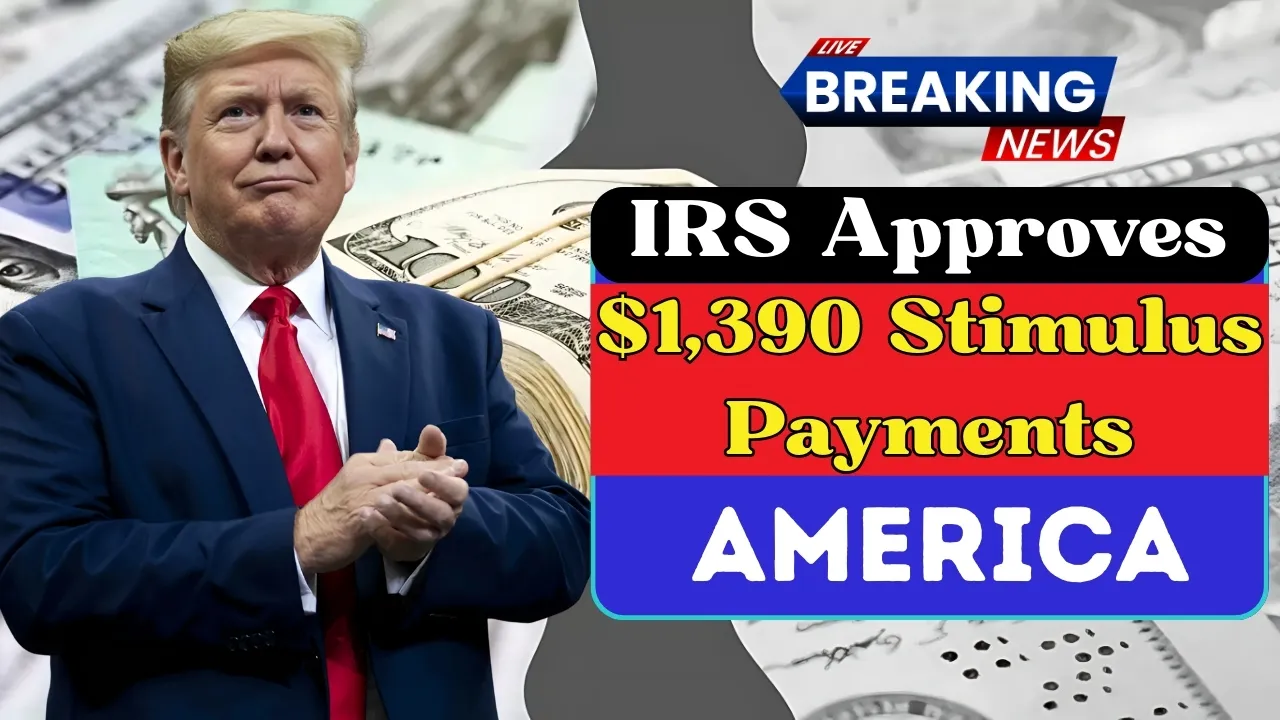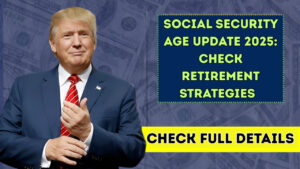IRS : Latest news articles focus on a new round of stimulus checks, which have sown confusion across the United States. Although headlines claimed the IRS verified payments of $1,390, the situation is more complex. Knowing the facts can help you choose which programs to trust and focus on genuine programs for financial help.
The Reality of IRS Claims
There were claims making the rounds that the IRS confirmed new payments of $1,390 for stimulus checks for the eligible Americans. However, calling to the IRS, a representative confirmed that taxpayers had up to April 15, 2025, to utilize the Recovery Rebate Credit which is the claiming of the tax credit. “Nothing else since then,” means no new stimulus payments are currently planned or confirmed.
The confusion seems to arise from active debates on the several proposed programs and the existing deadlines for certain tax credits. These claims (without factually checking the data) were spread by certain news channels and a section of social media, leading to misinformation.
Explaining Recovery Rebate Credit
For most of the Americans who missed the stimulus payment, the Recovery Rebate Credit is a genuine and valid path to follow. The tax credit enables qualifying individuals to receive funds that were designated for them through prior stimulus packages, but for one reason or the other, that payment never came.
Eligibility criteria for the Recovery Rebate Credit follows the same income parameters as the previous stimulus payments. Single filers with an income of $75,000, married couples filing jointly with income up to $150,000, and heads of household earning $112,500 could qualify. The payment would be different for each claimant owing to their individual circumstances.
Claiming Recovery Rebate Credit
If you feel eligible for the payment you did not receive for the stimulus, you can claim it on the tax return. The process involves reconciliation of the amount you think you should get and what you actually receive. Several tax filing applications provide guidance on qualification and payment figures.
Always remember that the benefit is tax-exempt, and claiming it would not adversely impact other government assistance like Medicaid, SNAP, Social Security, and Veterans Affairs benefits. You must file a tax return to claim credits, even when you are not required to file tax returns.
Future Programs for Relief
No new direct stimulus payment are available at the moment, discussions within politics are still ongoing. There are other concepts such as the DOGE dividend or tariff rebate checks proposed by figure heads like President Trump, but as of now, those concepts remain as proposals.
The DOGE Dividend initiative would, in principle, give back 20% of the efficiency savings from government operations to the taxpayer. However, it faces criticism suggesting it would hurt deficit reduction efforts. Likewise, rebate checks would allocate tariff revenue back to Americans, though the exact details, including the timeline of execution, remain vague.
Keeping Track of Helpful Financial Aid Programs
Instead of waiting on unverified stimulus payments, focus on helpful assistance programs that are available now. Many states have their own relief programs, utility aid, food programs, and housing assistance. Federal programs can be located through the IRS website or from government sources directly.
In the Meantime, Helpful Financial Actions to Aid Your Situation
Instead of waiting for unverified stimulus payments, try to take control of the situation with practical measures. Some actions may include claiming all eligible credits on your submitted tax return, enrolling in available programs in your locality, or even talking to a financial advisor.
Claims made on social media regarding government payments should be treated with caution. Always confirm the information with official sources. The IRS and Treasury Department are the certifying bodies for all queries pertaining legitimate federal financial aid programs.




